Microsoft this week announced that its own full Linux kernel will power WSL2, the newest version of the Windows Subsystem for Linux (WSL).
This marks the first time that Microsoft will include the Linux kernel as a component in Windows. Microsoft also introduced a Windows command line terminal that will add functionality to PowerShell and WSL.
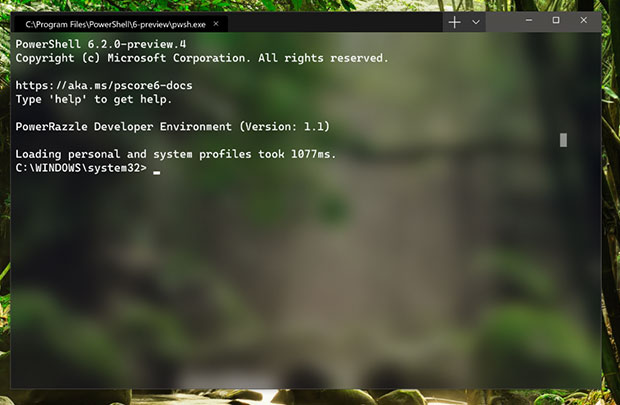
Both the in-house custom-built Linux kernel for WSL2 and the Windows command line terminal are intended primarily for developers.
“This is a strong move in the battle against AWS more than anything,” remarked Joshua Swartz, principal in the digital transformation practice at management consulting firm A.T. Kearney.

Microsoft’s future is not the desktop market — though of course the company will continue to protect its ground there, he told LinuxInsider. Its future is the cloud market, which certainly could include desktop components in the future.
What WSL2 Does
WSL2 is the newest architecture for the Windows Subsystem for Linux. It enables dramatic increases in file system performance and full system call compatibility.
Initial tests produced WSL2 running up to 20 times faster compared to WSL1 when unpacking a zipped tarball. It showed a performance boost about two-to-five times faster when using git clone, npm install and cmake on various projects.

Improved functionality is among the top requests from the WSL community. Users can run more Linux apps in WSL2, such as Docker and FUSE, according to Craig Loewen, program manager for the Windows Developer Platform.
WSL2 handles file-intensive operations like git clone, npm install, apt update and apt upgrade. The actual speed increase depends on which app is running, and how it interacts with the file system, he explained.
How It Works
When a Windows 10 user runs Cmd/PowerShell/etc. directly, the process starts attached to a traditional Console instance. The new terminal’s configuration mechanism lets Windows users create multiple profiles for each desired shell/app/tool, whether in PowerShell, Command Prompt, Ubuntu, or even SSH connections to Azure or IoT devices.
These profiles can have their own combinations of font styles and sizes, color themes and background blur/transparency levels. Users also have the option of selecting the new monospaced font to enhance the modern look and feel of the Terminal. This font includes programming ligatures and will be open sourced and have its own repository.
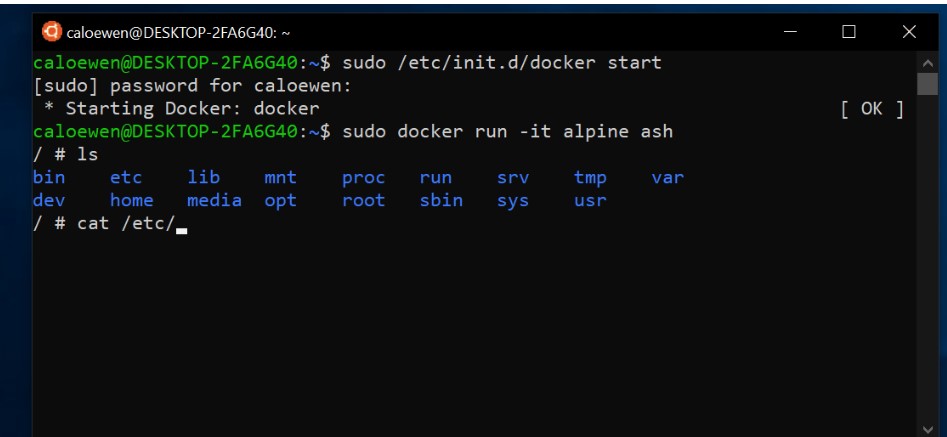
It displays text characters, glyphs and symbols present within fonts, including CJK ideograms, emojis, powerline symbols, icons and programming ligatures. This engine also renders text much faster than the previous Console’s GDI engine.
Backward-compatibility remains intact while providing the option of experiencing Windows Terminal when desired.
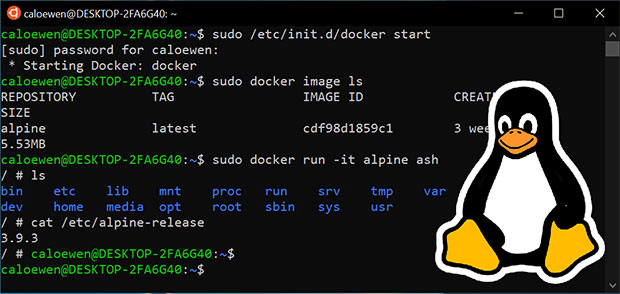
Key features include multiple tabs and beautiful text. Multiple tabs support is the most frequently requested feature for the Terminal, according to Cinnamon. Beautiful text is produced with a GPU-accelerated DirectWrite/DirectX-based text rendering engine.











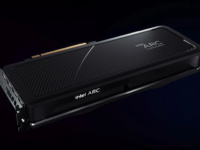

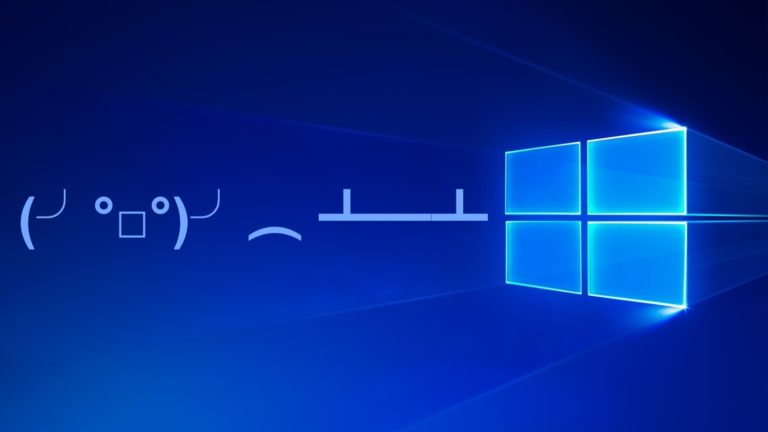
0 Comments